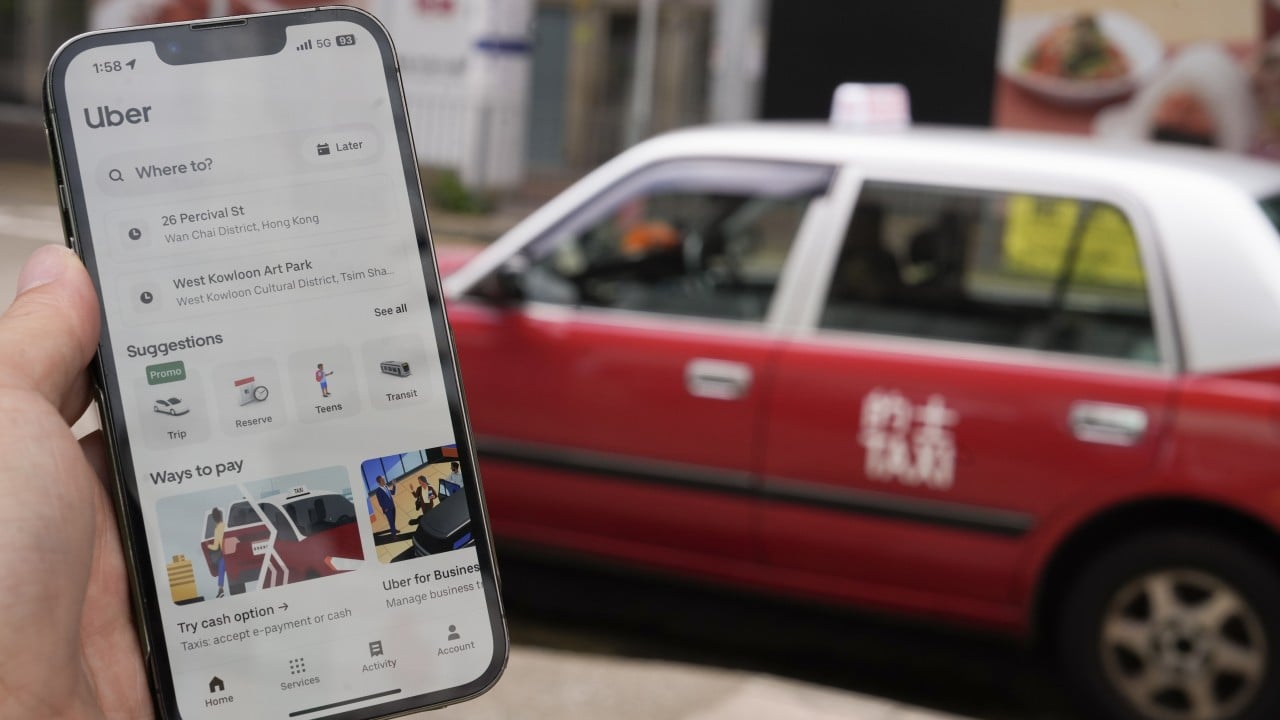Hong Kong’s proposed regulation of ride-hailing services shows that the government intends to take a slice of the market while reining in platforms and supporting the taxi trade, but the plan hinges on balancing the competing interests of all players, experts have said.
Advertisement
Industry insiders added that the Transport and Logistics Bureau faced several challenges in achieving all three objectives.
Secretary for Transport and Logistics Mable Chan, who took office last December, told lawmakers on Friday of her determination to resolve the long-standing conflict between taxis and ride-hailing services. Taxi drivers have repeatedly raised concerns that many Uber drivers do not hold valid hire-car permits while platforms have argued they provided better service.
The bureau unveiled its regulatory blueprint earlier last week, outlining a comprehensive framework for governing drivers, vehicles and platform operators.
Besides listing the necessary licences and permits that operators and drivers must hold, the proposal also includes a yet to be specified cap on the number of vehicles providing ride-hailing services and a levy imposed on platforms for each trip.
Advertisement
Officials have cited the experience of the Australian state of Victoria, which introduced a levy to compensate cabbies affected by the legalisation of ride-hailing platforms.

